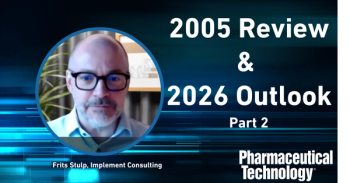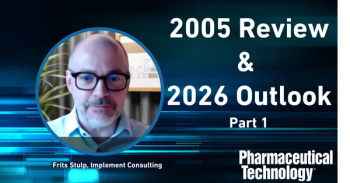
Computer Model May Help Prevent Antibody Aggregation
Researchers working on extending the shelf life of antibody drugs may find help in a computer model developed by a research team at MIT (Cambridge, MA).
Researchers working on extending the shelf life of antibody drugs may find help in a computer model developed by a research team at the Massachusetts Institute of Technology (Cambridge, MA). The model, known as spatial aggregation propensity (SAP), provides a dynamic, three-dimensional simulation of antibody molecules that helps identify the regions (not just single sites) of an antibody that are most likely to attract other molecules during storage. Early identification of these regions may help prevent stability problems later in the development process.
Antibody drugs are often formulated as high-dose, high-concentration therapies or as low-concentration formulations that must be stored for long periods of time. Under these conditions, interactions among the hydrophobic regions of the protein molecule may cause aggregation or clumping. By identifying the hydrophobic regions, scientists may be able to mutate amino acids in those regions to decrease hydrophobicity and increase stability.
The SAP model was designed by a team led by Bernhardt Trout, professor of chemical engineering, and scientists from Novartis Pharma (Basel, Switzerland). “Drugs are usually developed with the criteria of how effective they'll be, and how well they'll bind to whatever target they're supposed to bind,” said Trout, in a university
Other techniques such as X-ray crystallography may be useful in identifying hydprophobic regions of an antibody, but they provide only static representations.
Antibodies represent the most rapidly growing class of human drugs, with the potential to treat cancer, arthritis, and other chronic inflammatory and infectious diseases. About 200 such drugs are now in clinical trials, and a few are already on the market.
Newsletter
Get the essential updates shaping the future of pharma manufacturing and compliance—subscribe today to Pharmaceutical Technology and never miss a breakthrough.




